Day 33 of my cycle journey – June 2, 2022
Malbork castle blew my mind and let me forget the time, literally and metaphorically. Walking through the endless courtyards and hallways of the monastery fortress of the Teutonic Knights permitted me to imagine life in the 14th and 15th centuries. After spending more time than anticipated in the castle, I started late for a short 38 km cycle tour along the Nogat, southwards.
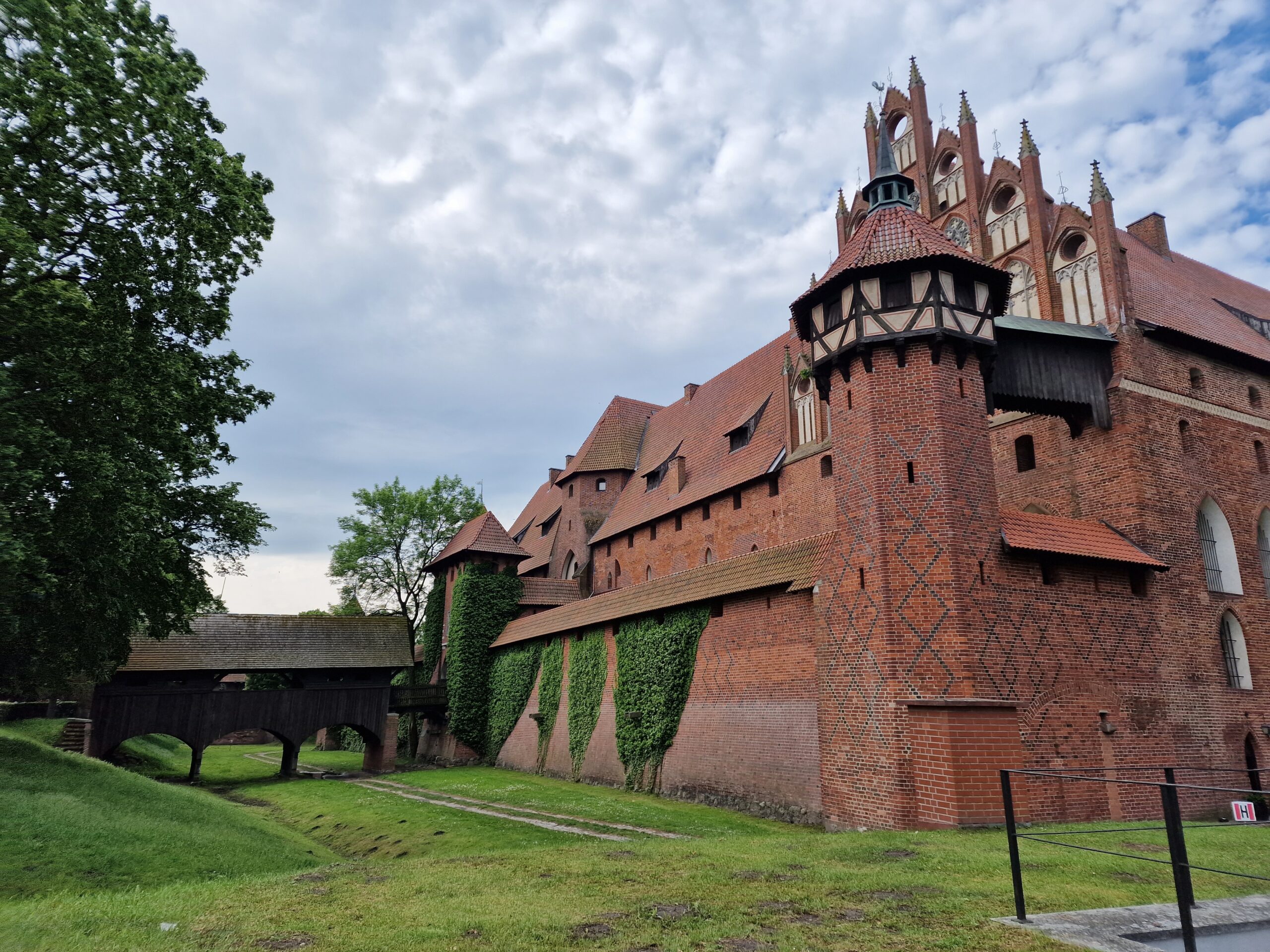
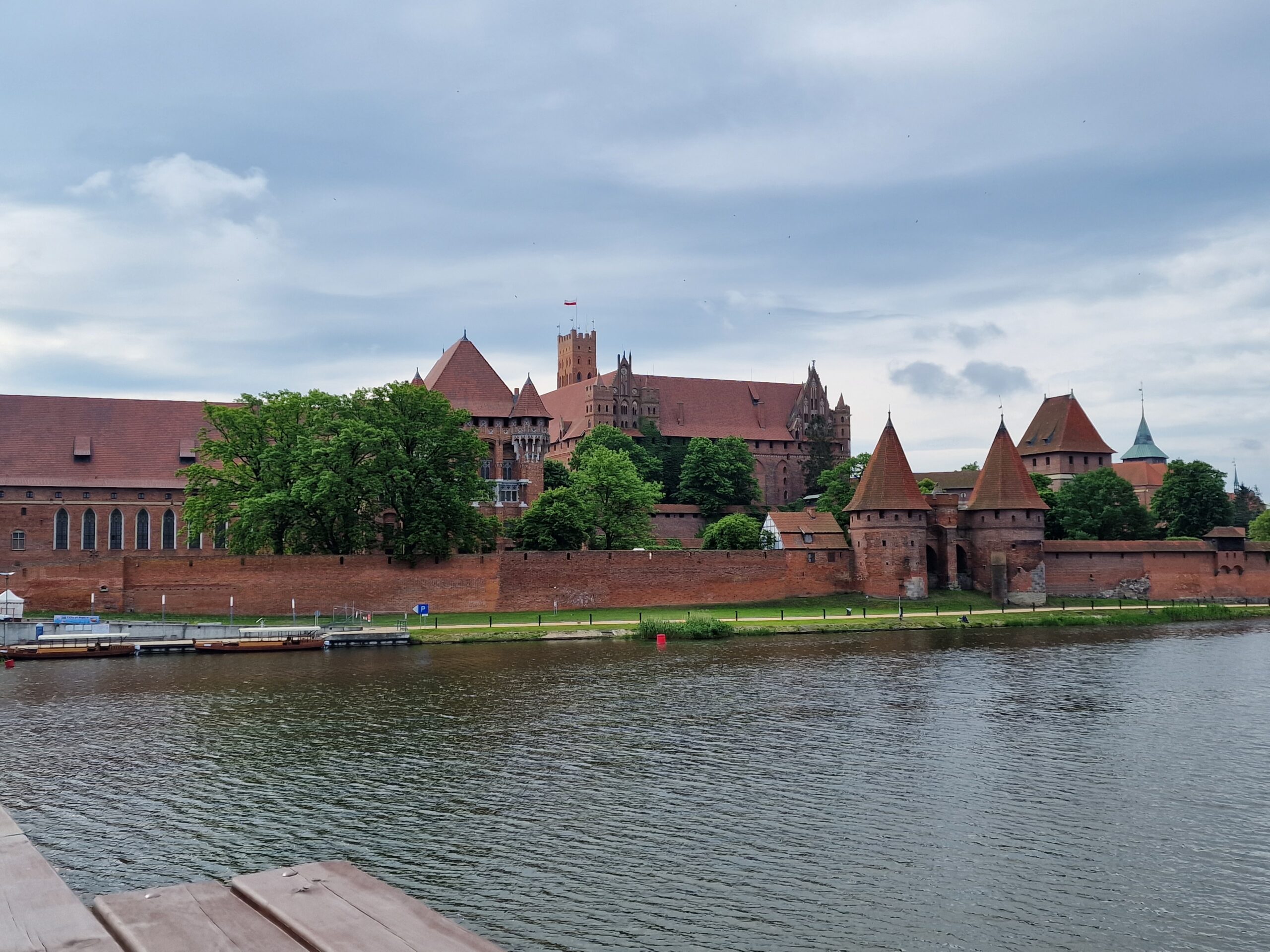
It is difficult to put the impressions of a Malbork visit into a small blog article. The depth of the history and the intricacies of religious and its connected political activities make it a topic worth of a thesis. Malbork has been in the middle of power politics in central Europe for centuries. For many western Europeans, the central European history, as much as the eastern European history, has been a “terra incognita”. We all learned in school how the ancient Greeks developed democracy and kept the Persians at bay, how the Romans build the biggest empire in Europe, how the British restrained the French, how the Italians kept themselves in check, how the British and French kept the Germans in check, and how the Spanish and the British expanded overseas. Put into the mix a bit of religious power politics and schism and ready is the average curriculum of a western European high school graduate. Malbork, however, stands at the centre of a history we never really learned, at the centre of the central European history.
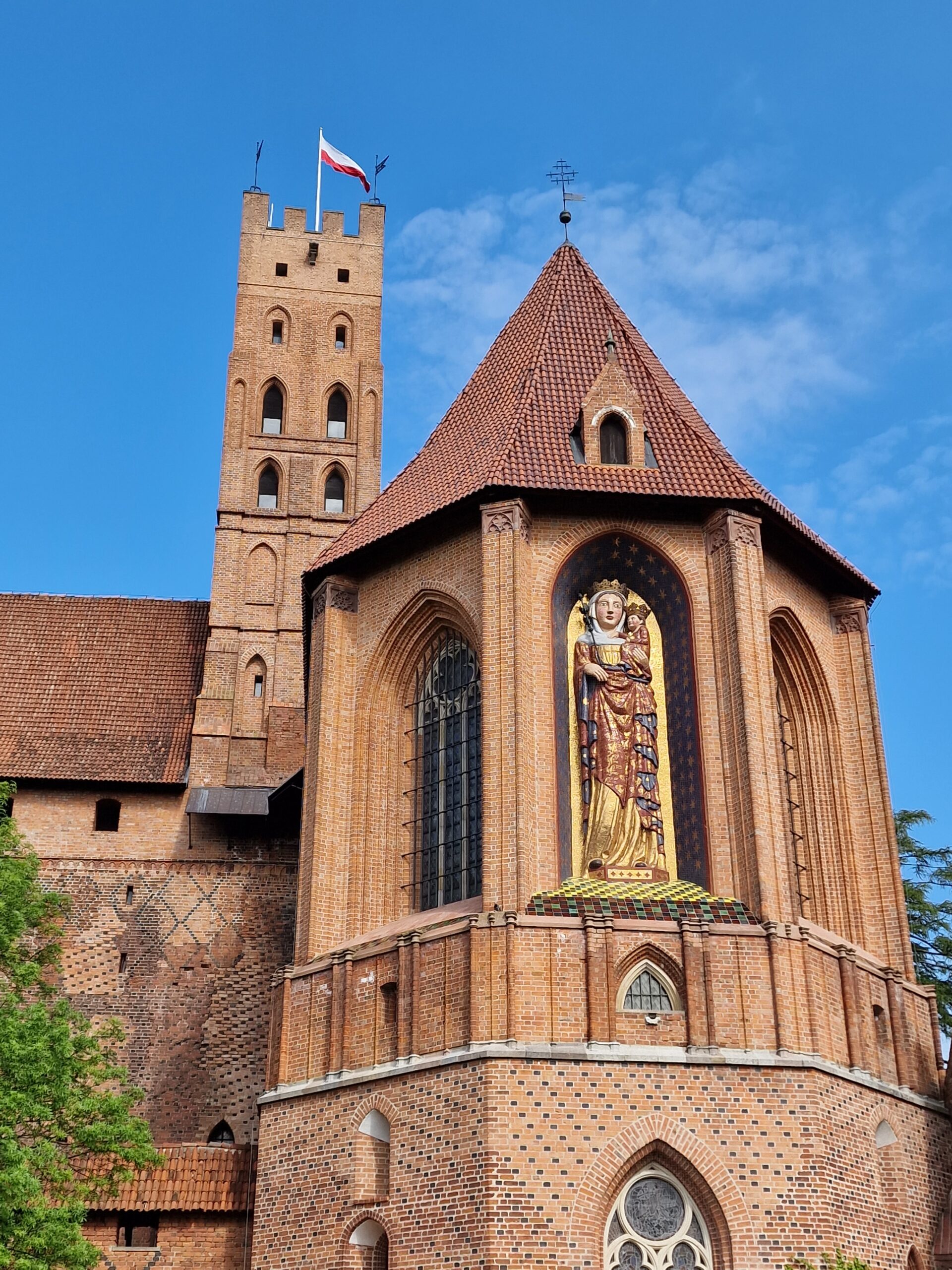
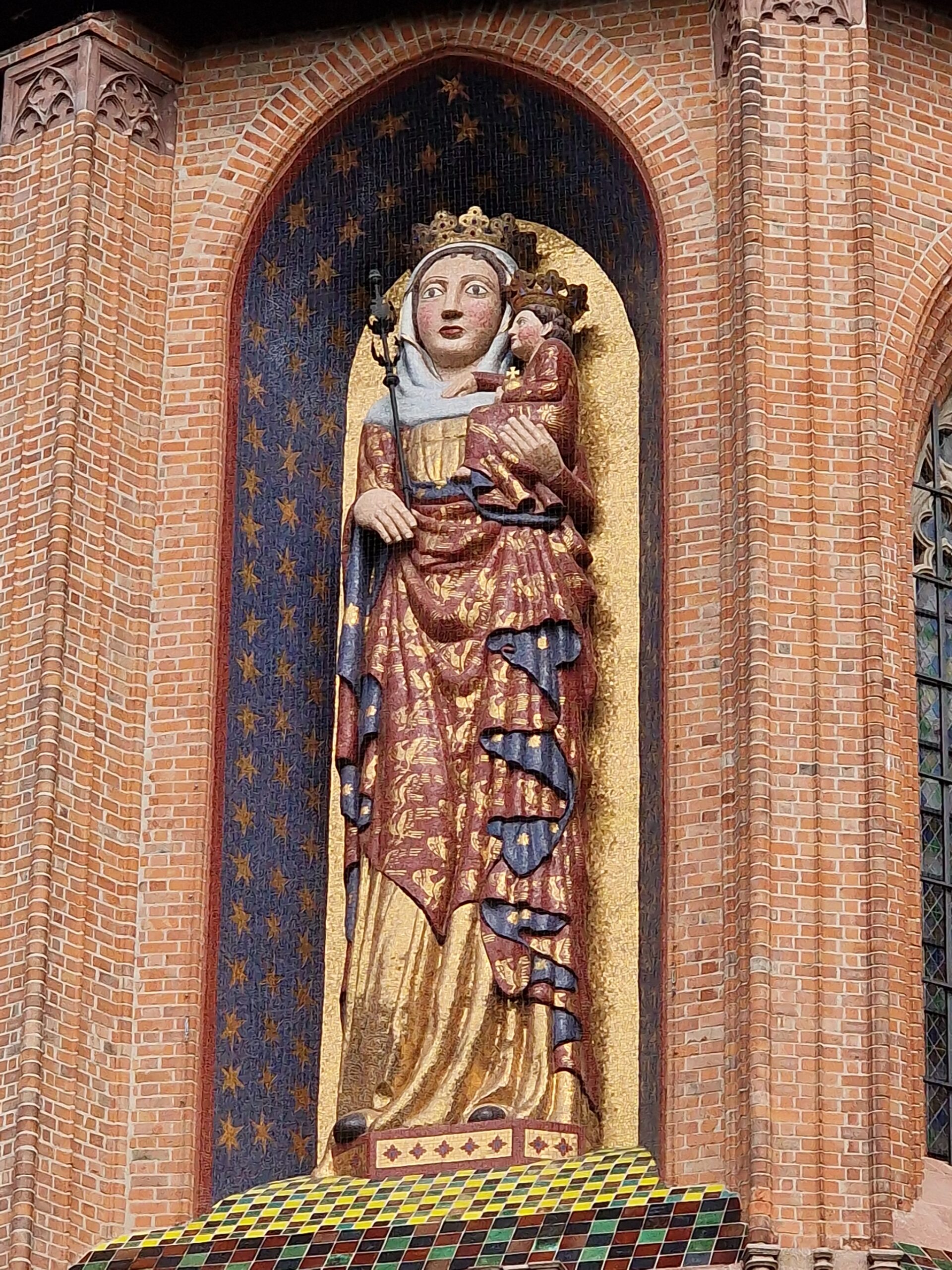
The castle is actually a monastery fortress of the “Order of Brothers of the German House of Saint Mary in Jerusalem”, more prominently known as the Teutonic Knights. As their brothers, the Knight Templars and the Knight Hospitallers, the Teutonic Knights primary task was to aid and protect pilgrims in the “Holy Land”. They started as medics but soon transformed into a military order as well. When the crusades were lost, and the “Holy Land” cleared of Christian soldiers and its orders, the Teutonic Knights looked for work and took on the invitation of the Duke of Poland to convert or kill the pagan Prussians. What better could happen to group of unemployed military monks. They went to the northern Baltic coast, killed and converted quite a number of pagan Prussians, and when this was done turned against their Polish host and created their own little State. They conquered all the cities along the Baltic coast, such as Gdansk, to get the lucrative amber trade under their control and build a huge fortress serving as the high seat of the Grand Master of the order and as the centre of their little empire – Marienburg (Castle of Saint Mary; Malbork). When walking through the walkways and refectories of Malborg castle you can still see the religious fervour, but also the worldly power aspirations contained in this building.
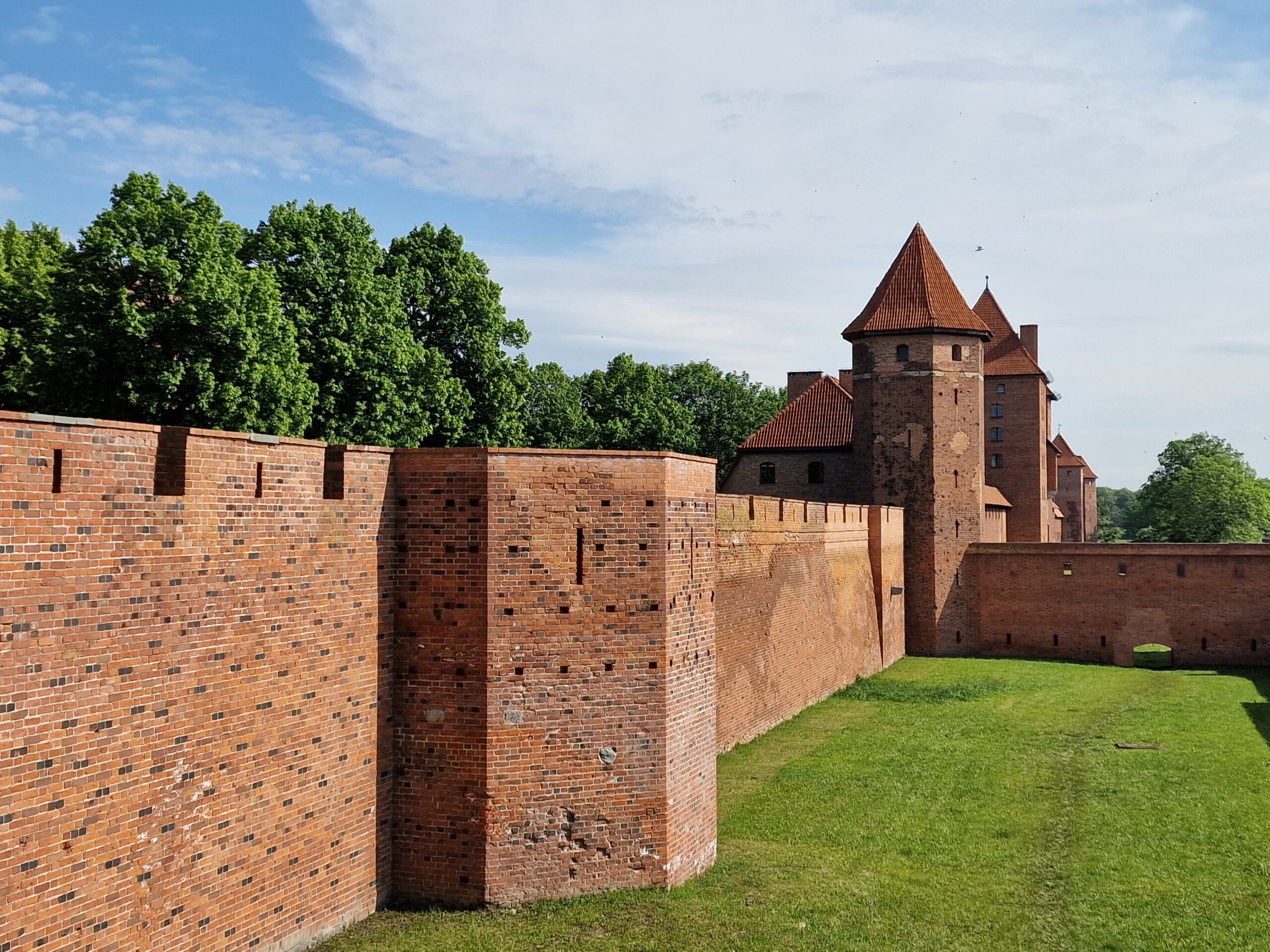
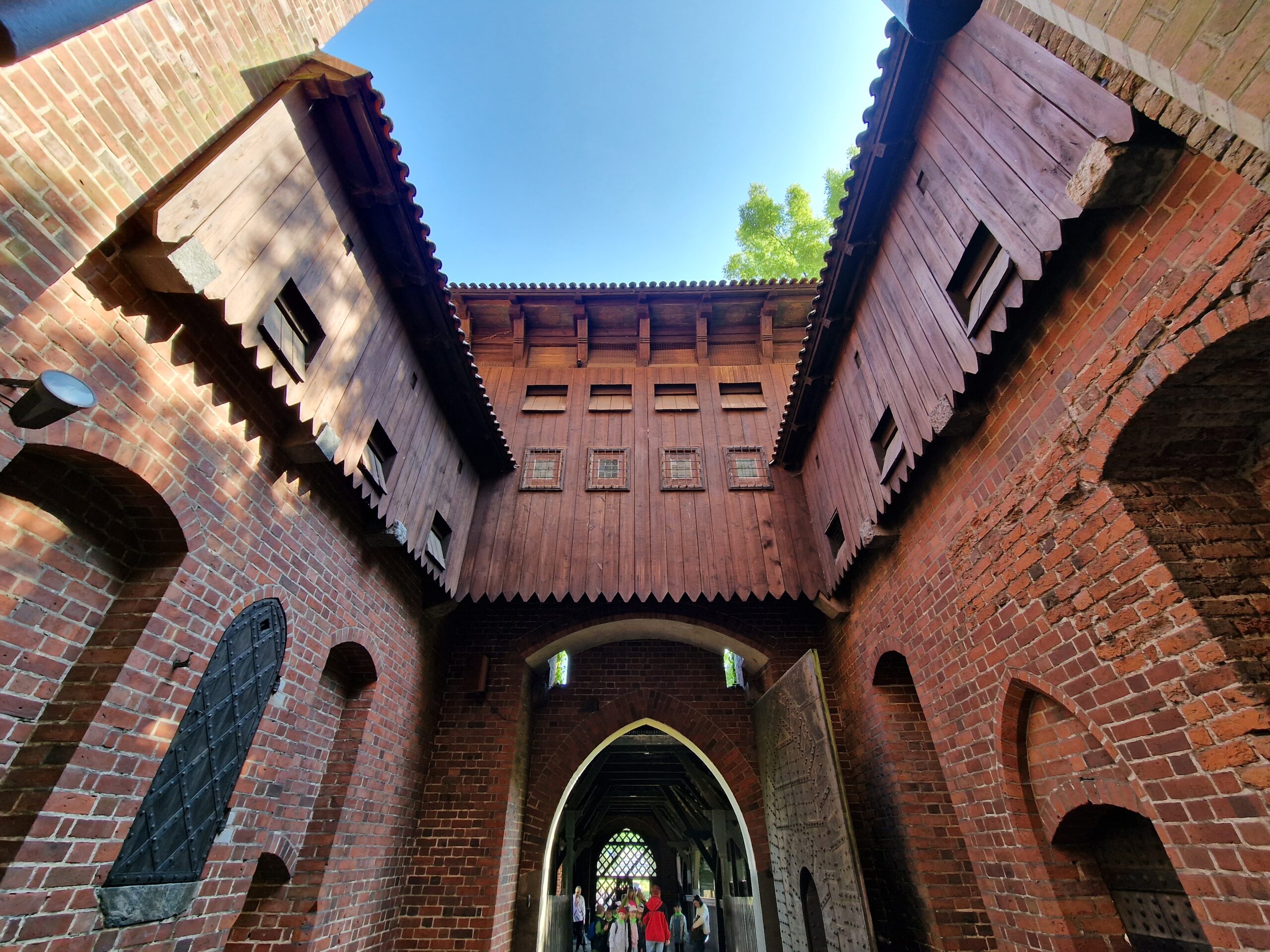
The Polish, the Prussian and the Baltic nobility never truly liked the Teutonic knights and tried to get rid of them and their quarrelsome State. Enter the entente between Lithuania and Poland. A Polish-Lithuanian army defeated the Teutonic Order at the battle of Grunwald and later in 1457 Malbork fell into the hands of Poland. It became a royal residence of the Polish kings of the Polish-Lithuanian Commonwealth (yes, there was a commonwealth before the British one), the greatest empire in Europe during its day. Unfortunately, and this is still true today, life isn’t easy when you have bullies as neighbours, and at the end of the 18th century the Commonwealth of Poland and Lithuania ceased to exist by force of its neighbours Austria, Russia and Prussia, and the Malbork castle came under Prussian dominance. Since then, the restoration of the castle has been an ongoing project, and after WW II, in which the castle was destroyed to 50%, Poland took again control, and finally undertook it to restore it to its current grandeur. The castle, recognized by UNESCO as a world heritage site, is today one of the grandest castles in the entire world (by size it is the largest). I could have walked for hours in the halls, could have investigated in detail the kitchens and the bakery and sit down in the courtyard and contemplated time and the meaning of life. But I also had to go. I spent six hours in the castle, took hundreds of photographs I am sure nobody else than me will ever see and still believe I should have been there for a longer time.
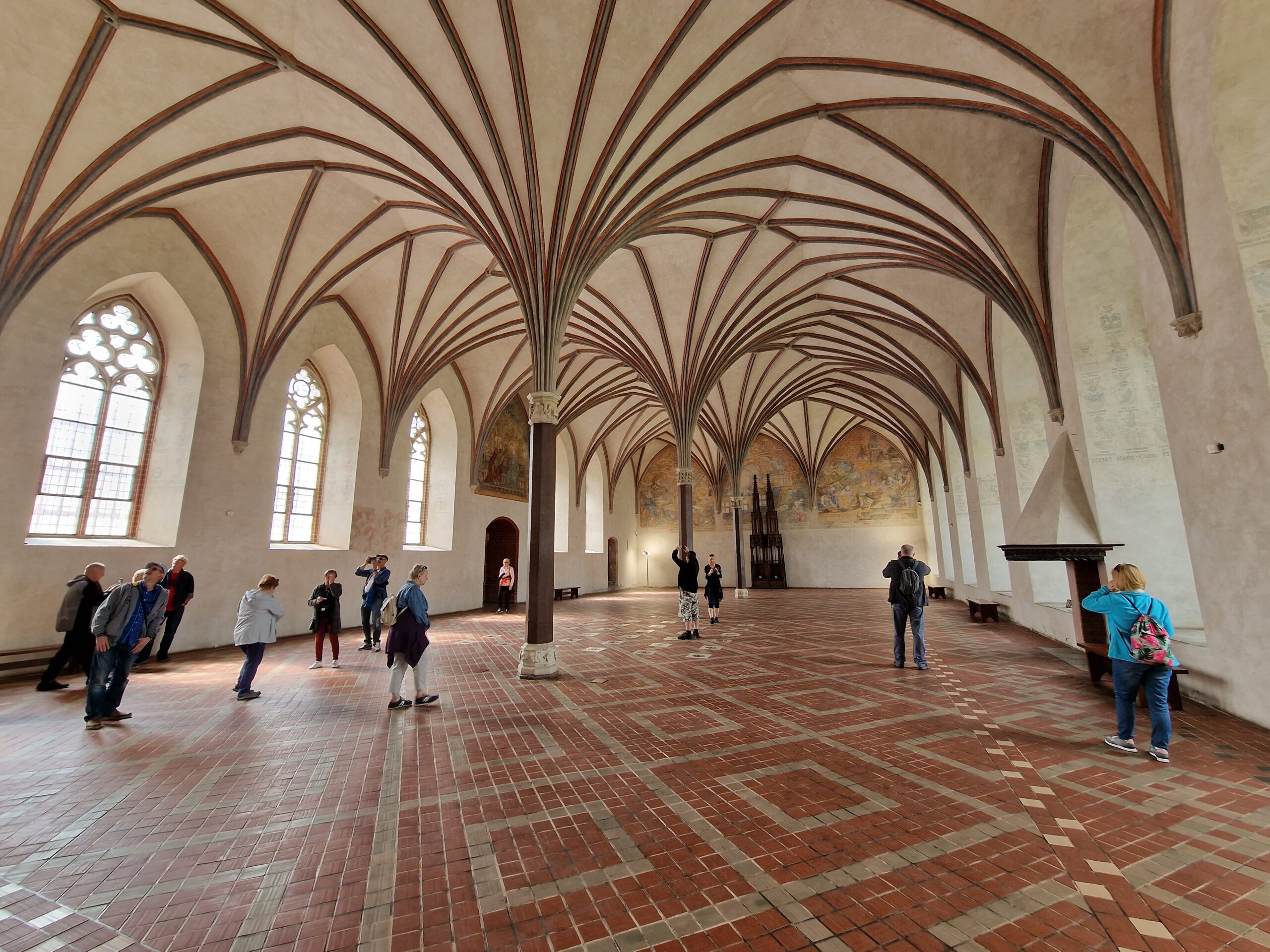
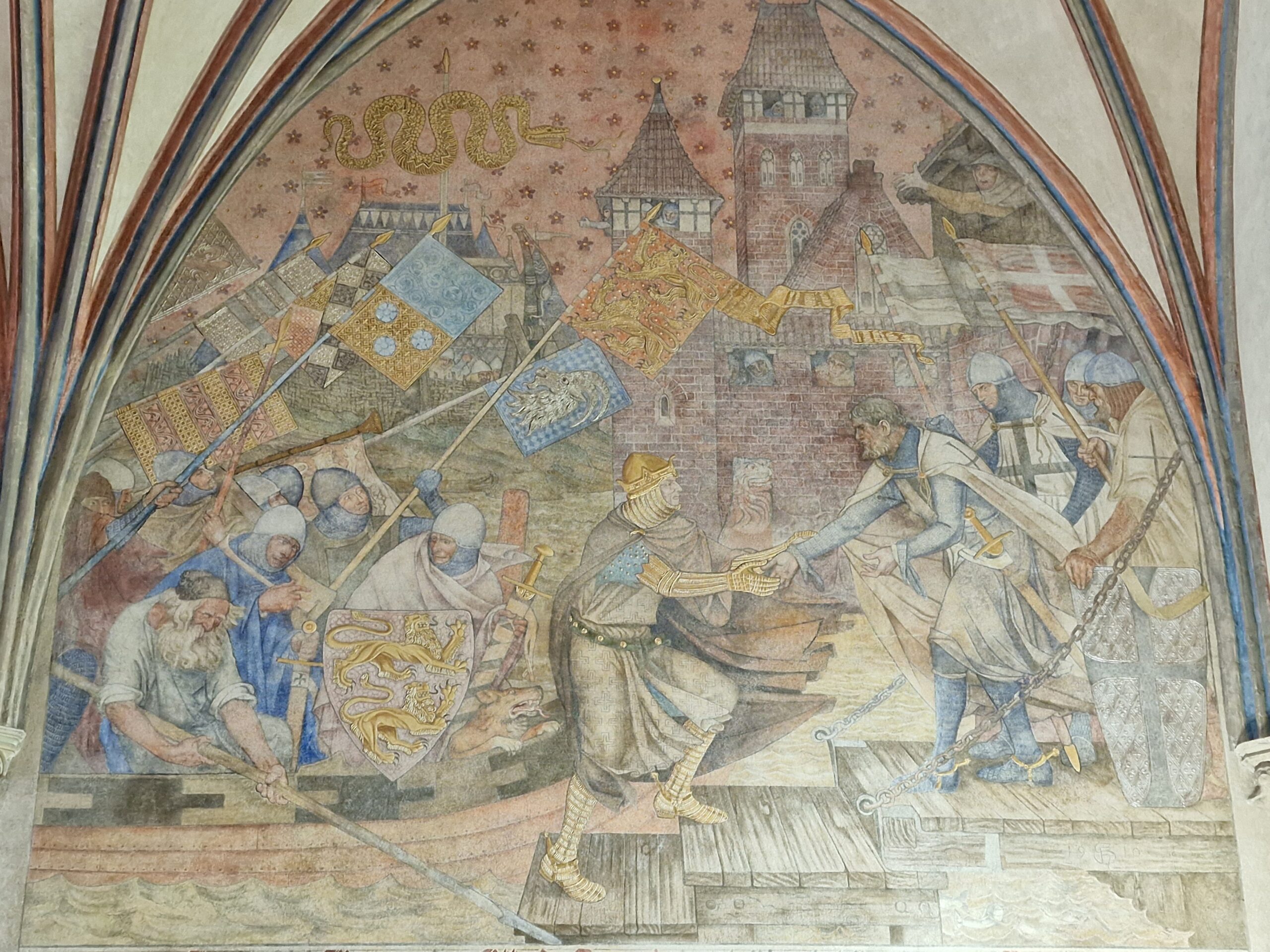
Starting to cycle southwards at 15:30, I constantly thought about the castle and its different inhabitants. After cycling 38 km along the Nogat, I crossed the dyke, and in the meadows of the Nogat river, I found a secluded pasture were I could set up my tent, eat a meal, and fall into sleep, but not before thinking that mankind in its history has erected truly remarkable and magnificent monuments, for all the wrong reasons.
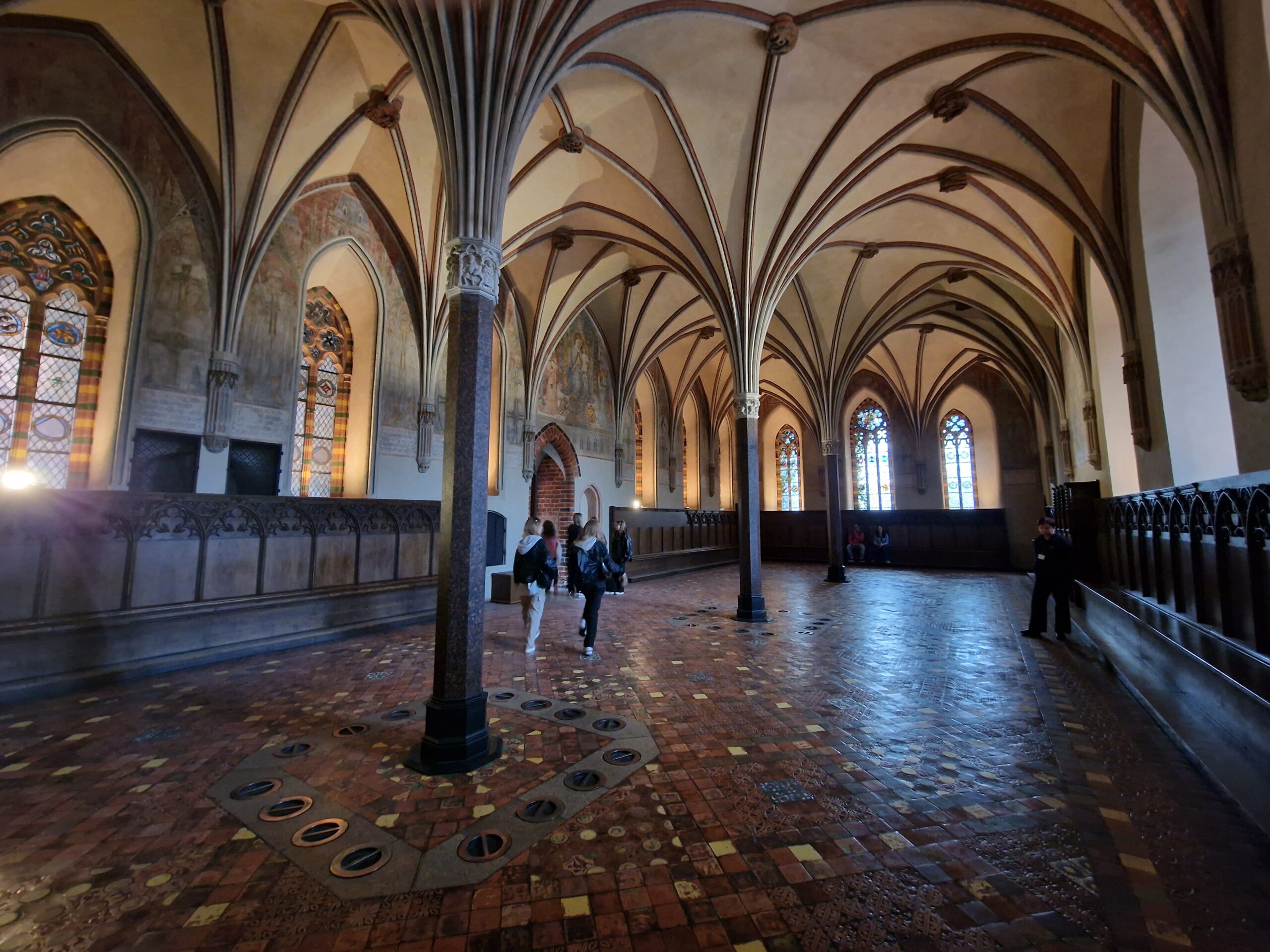
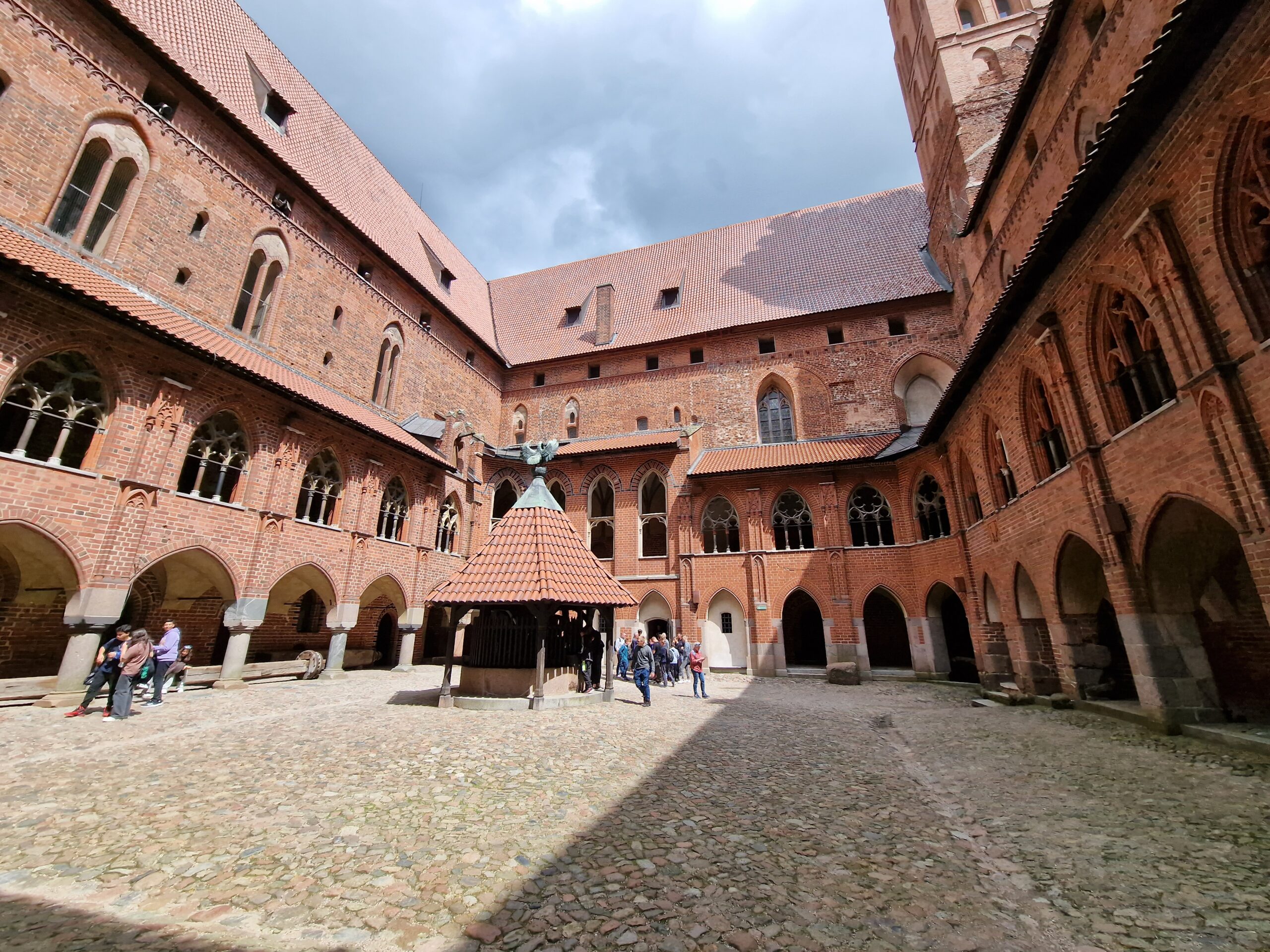
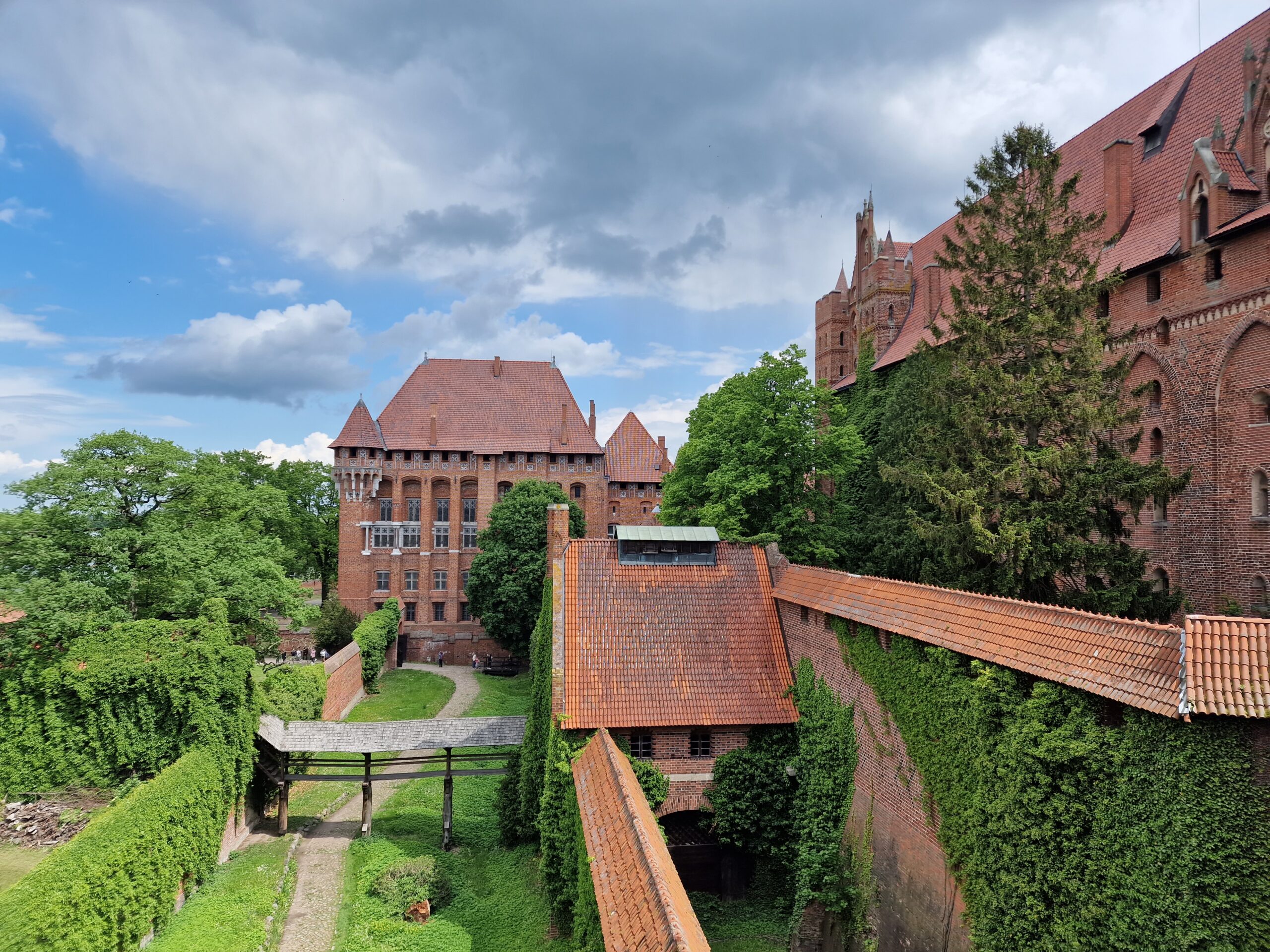
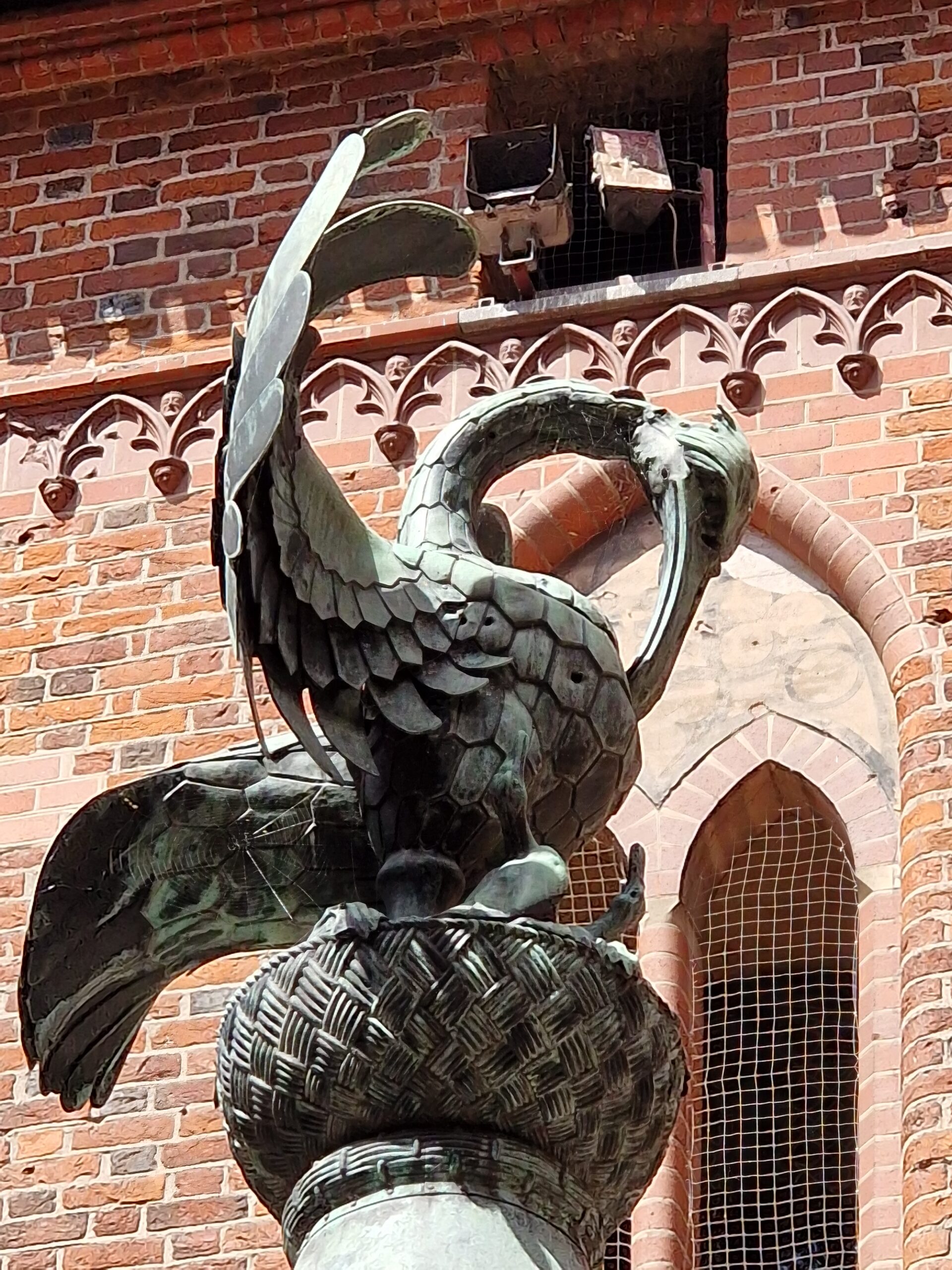
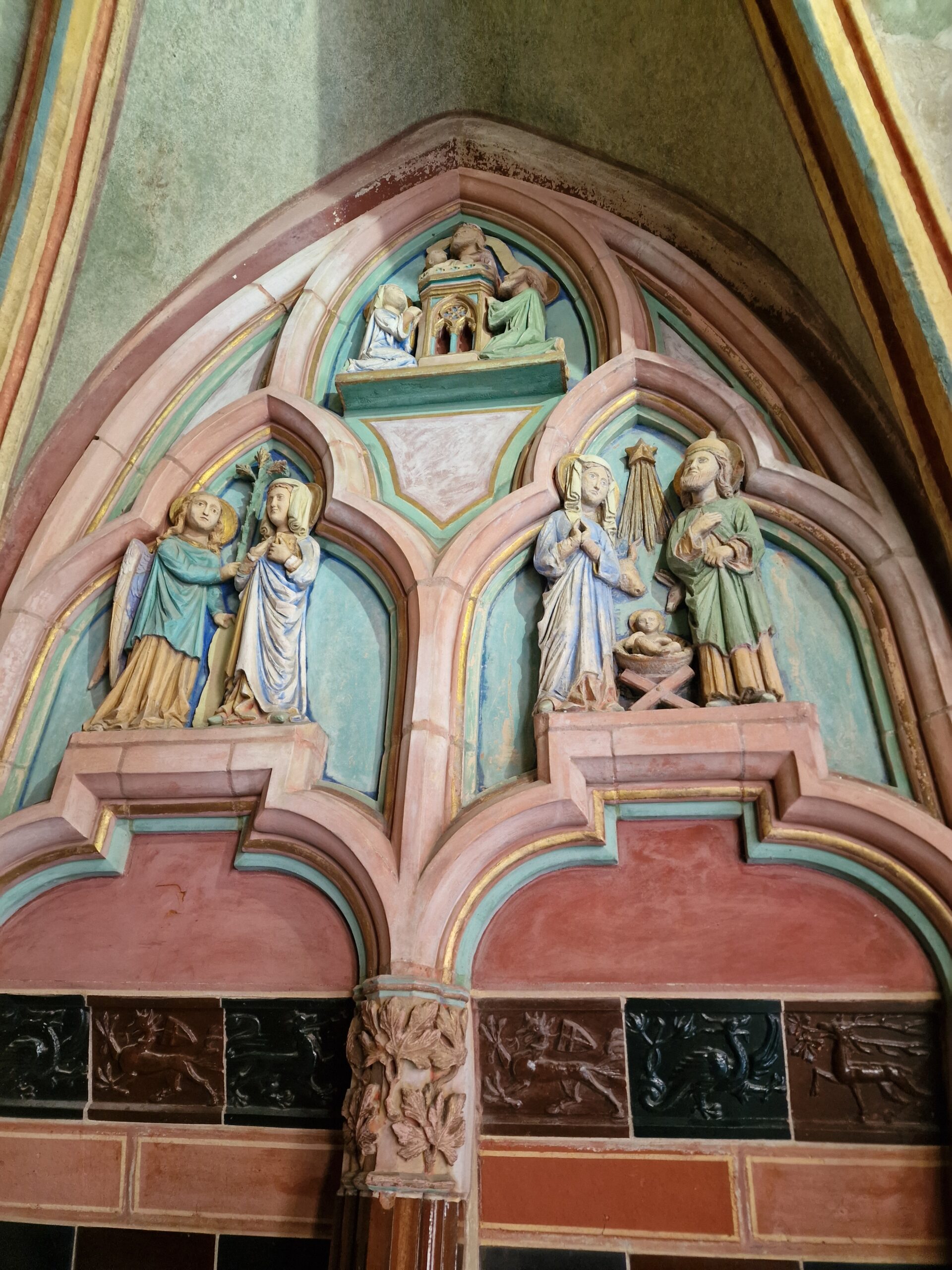
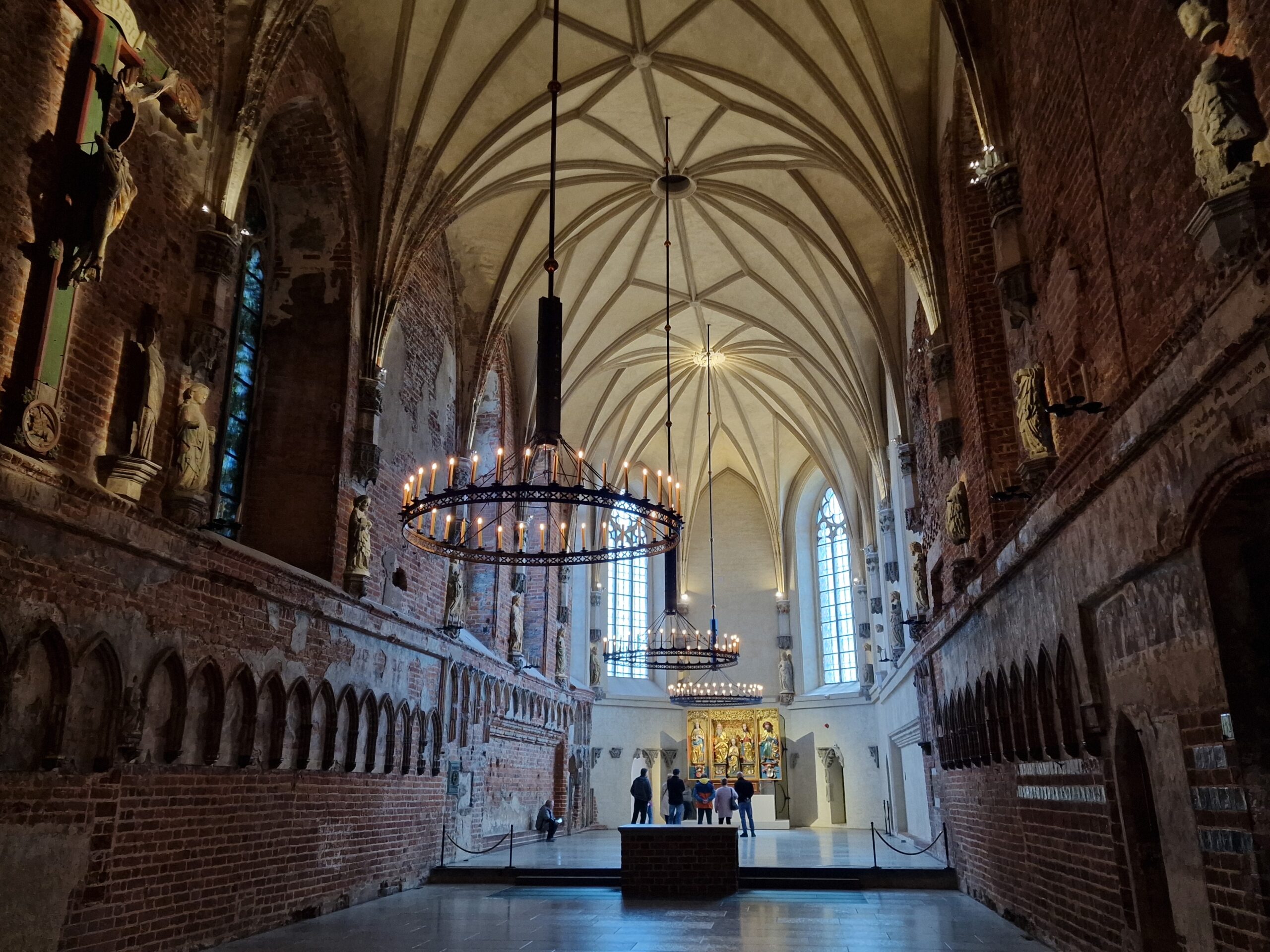
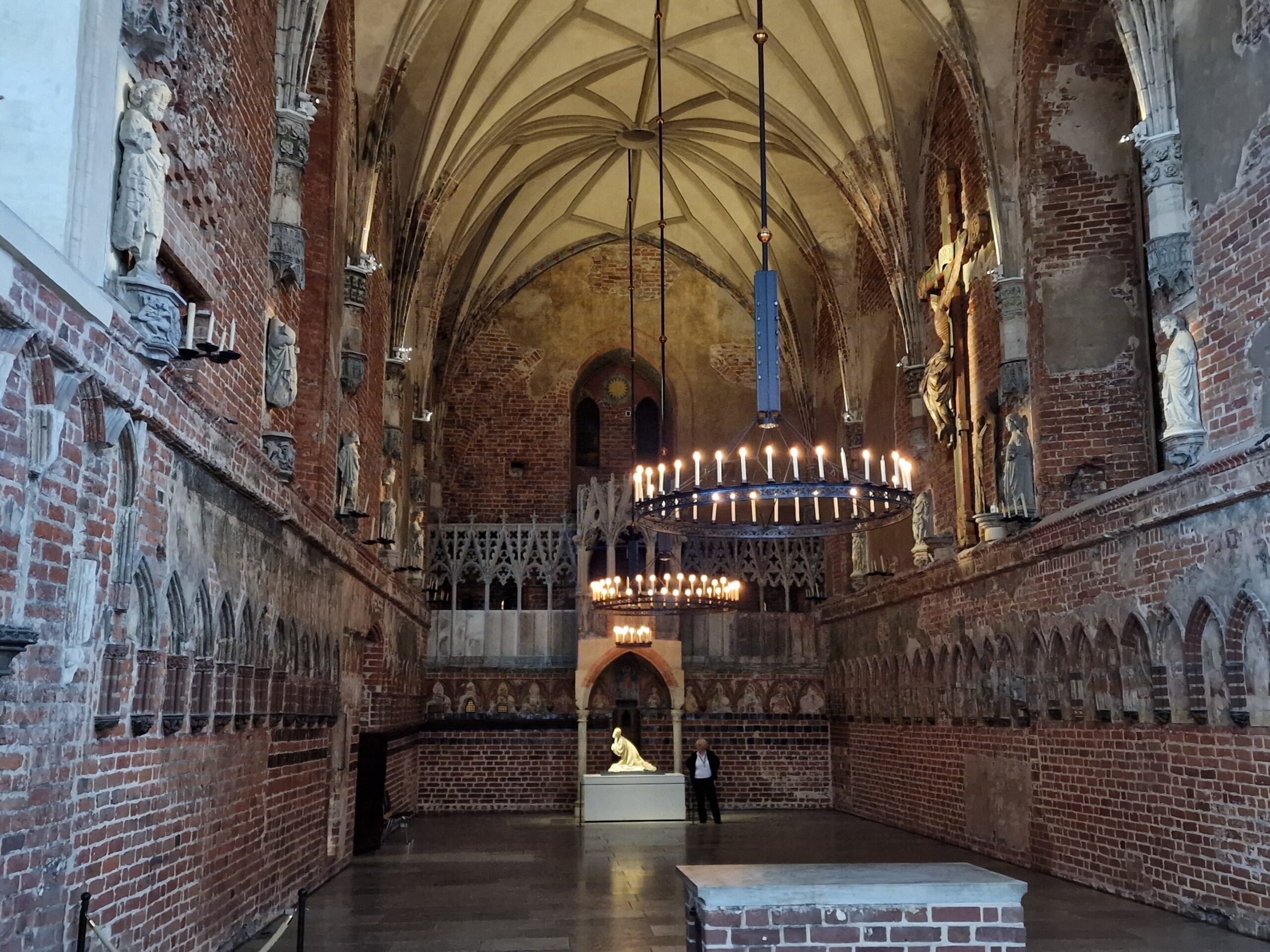
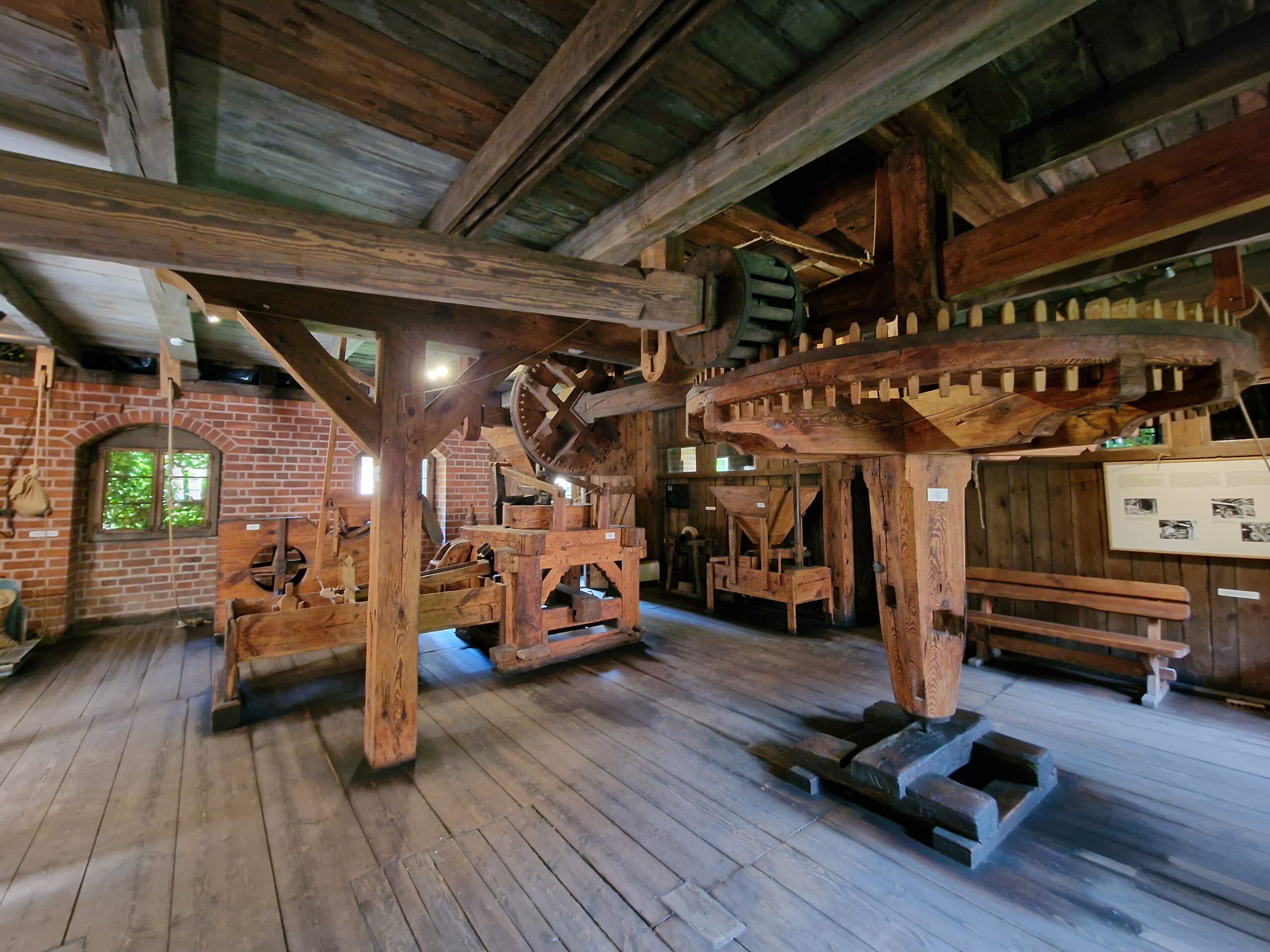
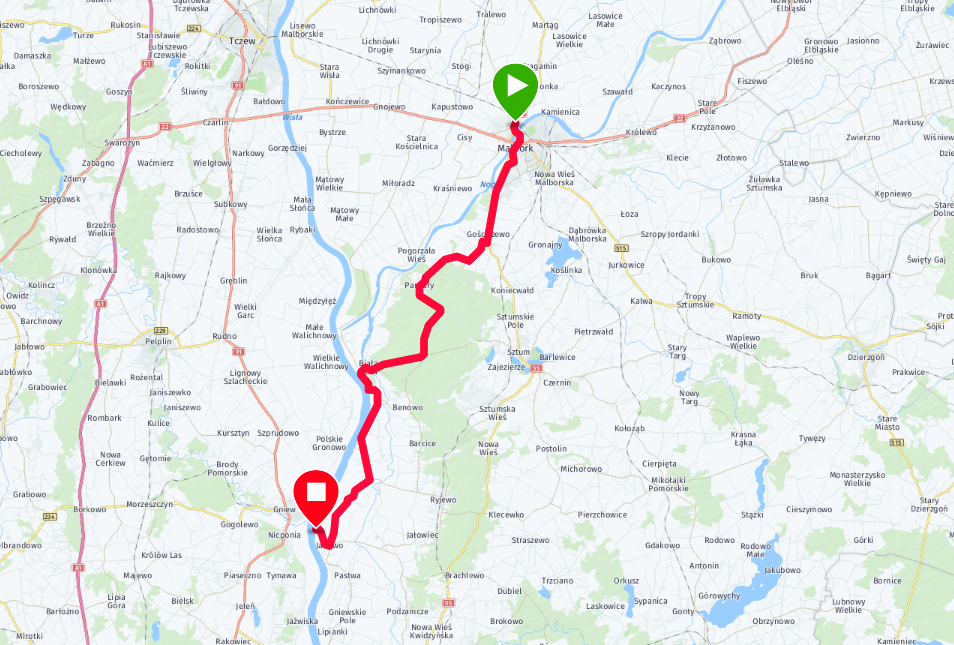
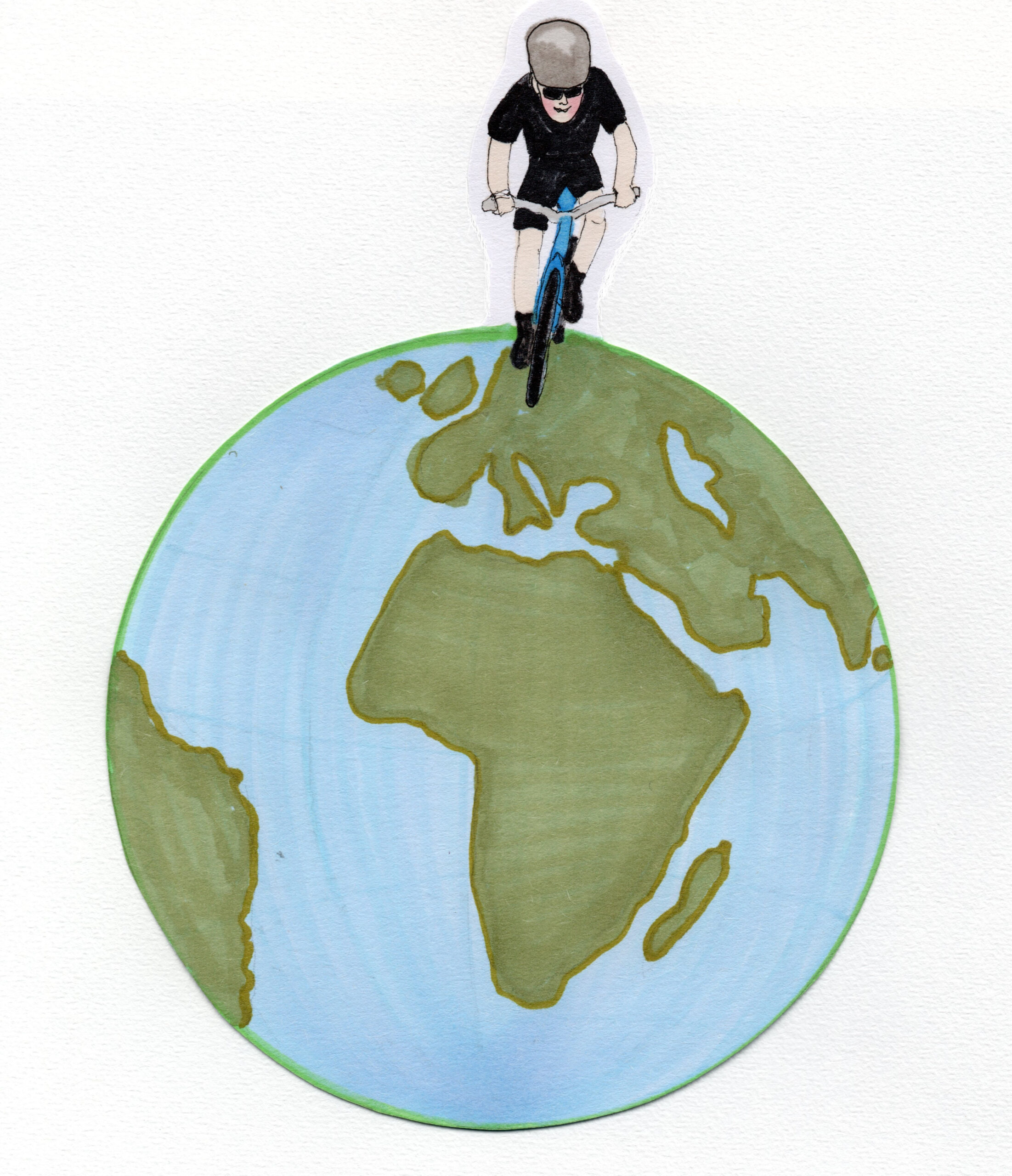
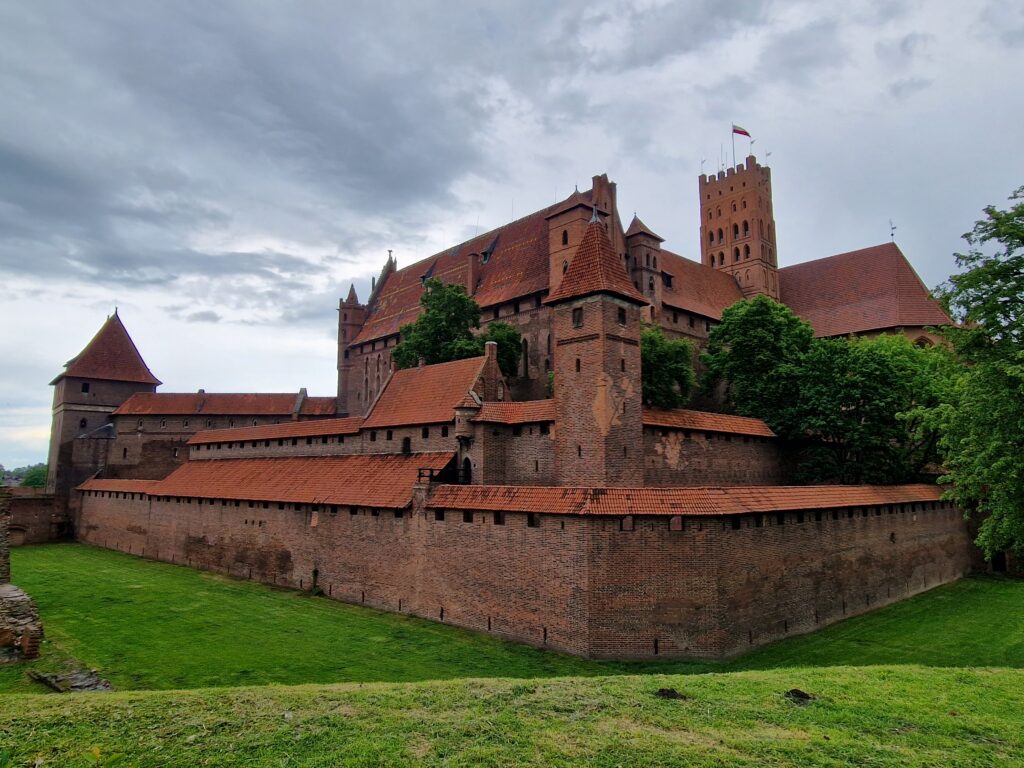
I wanted to thank you for this excellent read!! I definitely loved every little bit of it. I have got you book-marked to look at new stuff you postÖ
Beautiful and your knowledge of history imparted here makes me realize how little I know and I would have wanted to linger longer too. So many things ahead to see and experience. My first really long distance trip across our U.S. Imfelt tye same and saw much and missed so much too. We always need more time and promise ourselves to never forget and return again.